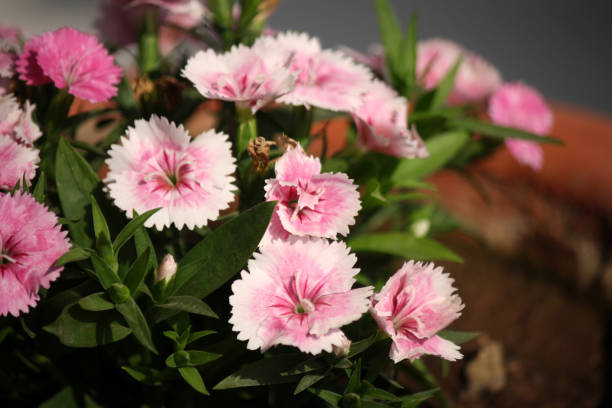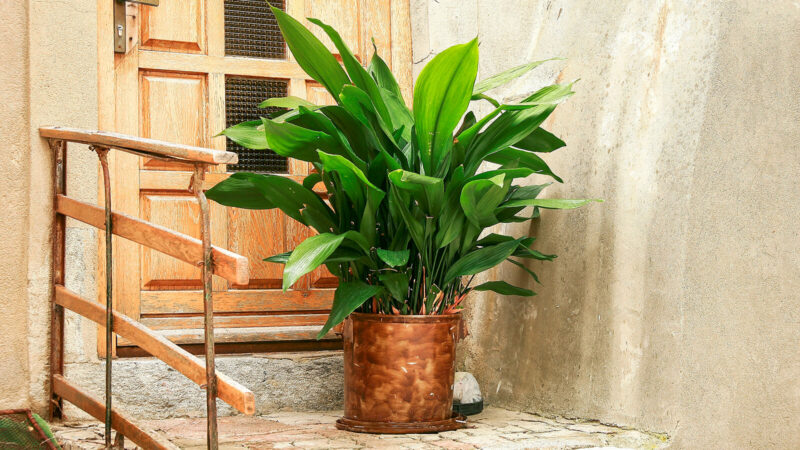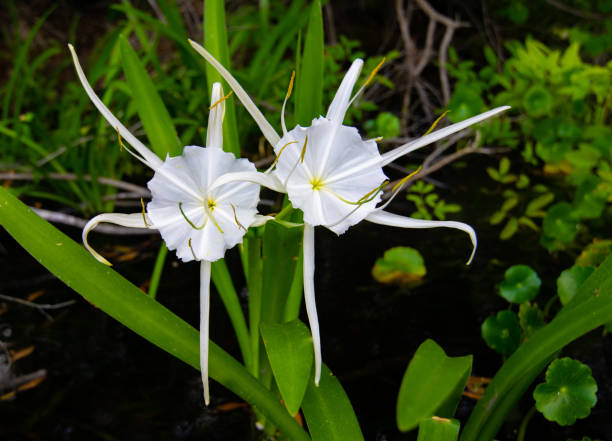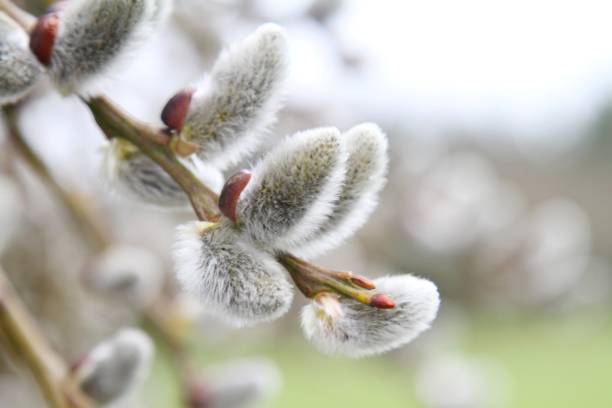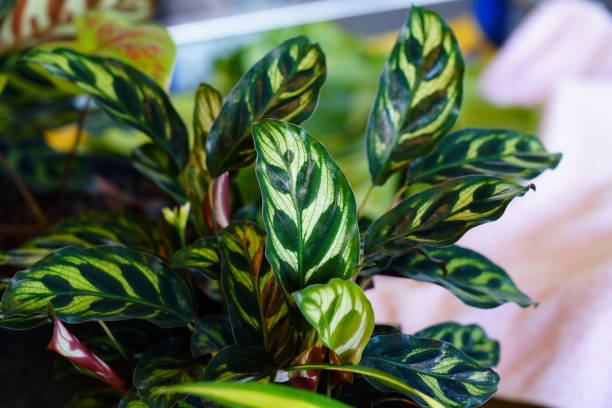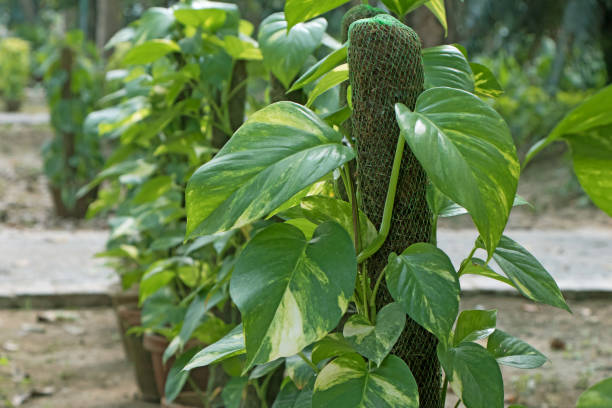Identifying Different Types of Pine Trees
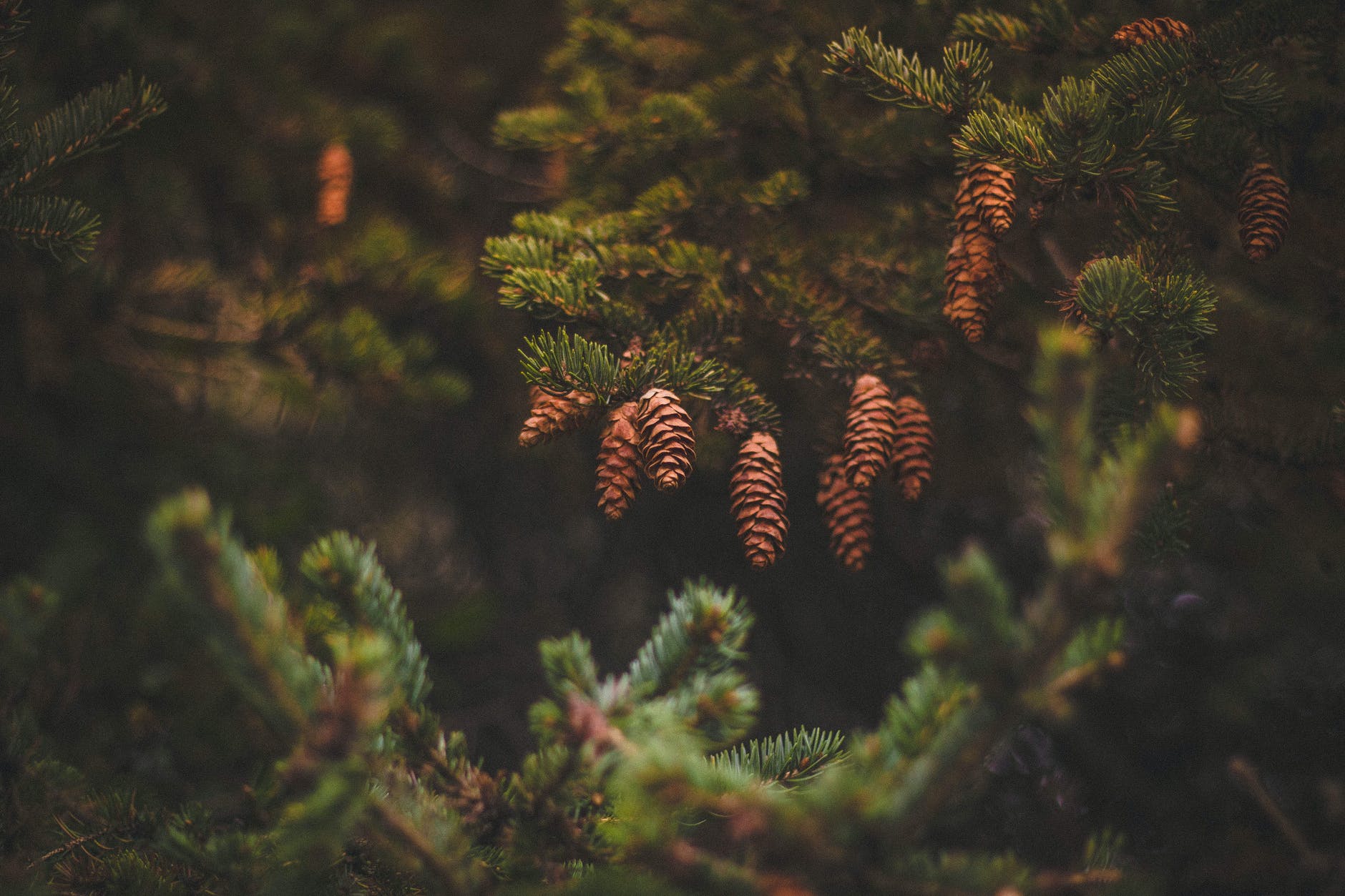
Do you want to know about different types of pine trees? If yes, then you have come to the right place.
Pine trees are evergreen coniferous found in the Northern Hemisphere. These trees belong to the Pinaceae family and Pinus genus. There are more than 126 different types of pine trees in the world. Different pine trees require different climatic conditions and environments, including the colder areas of North America, hot sandy desert, and rainforest.
Pine trees are an important source of wood because they grow super tall and straight very fast. Some pine tree varieties are also used in construction because of hardwood. Pine tree wood is commonly used for flooring, furniture, timber, and construction frames; also, its pulp is used to make paper.
This article will learn about different types of pine trees, their scientific names, and identification signs.
Identifying Different Types of Pine Trees
There are many different ways of identifying types of pine trees. You can check their needle-shaped leaves, reddish-brown or gray bark, and types of pine cones. One more way of identifying types of pine trees is by looking at their egg-shaped cones hanging down the branches. Some pine tree varieties have woody cones with scales in long straight shapes. These Bones have an opening to release pollen or seed and later fall off.
By looking at the way the leaves and cones grow, you can identify different types of pine trees. Fir needle leaves always grow separately on branches and are softer, whereas pine needles always grow in clusters. Tree cones always grow up straight on the branches, whereas pine cones hand down from trees.
Different Types of Pine Trees
Let’s jump right into the list of popular and common pine tree varieties found in the U.S.
Eastern White Pine Tree (Pinus strobus)
Eastern White Pine Tree is one of the most important types of pine trees in North America. These are some of the fast-growing and tallest species of pine trees. Pine needles grow in small clusters in bluish-green color. The bark turns rough and grain in colors upon maturity.
Eastern pines grow really well in containers and make a great Christmas tree. This species offers good needle retention and emits a pleasant citrusy smell after being cut.
Sugar Pine Tree (Pinus lambertiana)
Sugar Pine Tree has the scientific name “Pinus lambertiana.”It is known as the tallest species of a pine tree in the world. Sugar Pines are also known to fruit the longest cones in the entire Pinaceae family.
The long needle leaves of these pine tree varieties are green in color, with white lines running down the length. On close up, you will notice the reddish-brown bark with visible furrows.
Red Pine Tree (Pinus resinosa)
Red Pine is a type of evergreen conifer identified by the tall, straight trunk, egg-shaped cones, and conical shape. The tree got its name from the red-orange bark on the upper part of the tree.
By looking at mature red pine tree varieties, you will see the dome-shaped crown and long brittle needles that snap easily. The pine needles always grow in the yellow-green color of 2 clusters.
Read More:- Tips to Have a Green Christmas
Gray Pine Tree (Pinus sabiniana)
Another popular species in different types of pine trees is Gary Pine Tree. This tree grows in warm climates with dull gray color needle leaves growing on sparse branches. Also popularly known as digger pine or foothill pine, it grows massive types of pine cones.
Pitch Pine Tree (Pinus rigida)
Twisted branches and irregular shapes identify pitch Pine Tree. This pine tree gets its common name from the sticky resin, which was used to pitch railroad ties and shipbuilding.
It has long needles, which give a spiky look to this pine tree. Pitch Pine trees are mostly grown for construction pallets or pulp. Because of the uneven growing pattern, pitch pines are the most loved pine tree species for bonsai.
Scots (Scotch) Pine Tree (Pinus sylvestris)
Scots are an evergreen conifer with thick brown scaly bark, small red cones, and bluish-green needles among different types of pine trees. The pines have a forked trunk that gives two flat masses of foliage to medium-sized pine.
Scots are popularly grown to use as a Christmas tree because it does not shed the needles easily.
Jack Pine Tree (Pinus banksiana)
Another one of the small pine trees is Jack Pine which looks similar to Pitch pine. The best way to identify types of Jackpine trees is by their irregular shape, dark green needles.
Jack Pines can be identified by small yellow prickly cones which have curved tips and rough gray colored bark. The pine cones open in high temperatures. Some of the varieties of Jack Pine grow not more than a shrub. The average height of these trees is 30 ft to 72 ft.
Longleaf Pine (Pinus palustris)
Named after its long dark green-colored needles, Longleaf Pine trees are important varieties for the timber and pulp industry because of their straight trunk. Longleaf and Shortleaf pines are often grouped together because they both are a type of southern yellow pines.
Like any other tall pine trees, the foliage grows only on top. The trees can grow upto a height of 100 ft, and dead branches fall off as when the tree grows. Longleaf pines grow reddish-brown cones that measure about 6-to-10 cm long.
Shortleaf Pine (Pinus echinata)
One of the most common types of small pine trees is Shortleaf Pine, similar to a yellow longleaf pine tree. These southern pines are important types of pine trees for the timber industry. Shortleaf Pines have different bark, needles, and cones as compared to longleaf pine. The needles can grow upto 12 cm and have tiny reddish-brown cones that are 5 cm long. Identifying shortleaf types of pine trees is also possible by looking at the dark rectangular bark.
Bristlecone Pine (Pinus aristata)
Another one of the small pine trees is Bristlecone pine. This pine tree is identified by its gray-brown bark, short needles, and yellow cones shaped like an egg. Bristlecone pine trees are versatile and can grow in various types of climatic conditions. These are mostly found in high altitude locations of the cold Rocky Mountains and also in the hot Arizona Desert.
The needles of the pine tree are bluish-green in color. The cones start growing in deep purple color, and on maturity, they turn into yellow-tan or beige color.
Loblolly pine (Pinus taeda)
Among different types of southern yellow pine trees is Loblolly Pine. Loblolly Pines are one of the most common types of pine trees found in the U.S. These are tall, elegant trees with green foliage on the crown part and can grow up to 115 ft high.
Loblolly pines are commonly found in the southeastern region of the U.S. These usually grow in swampy and acidic soil. Loblolly Pines are prized for high-quality softwood timber.
Slash pine (Pinus elliottii)
This resinous conifer pine tree is a fast-growing variety with wide and spreading foliage. A few of the slash pine characteristics are glossy red-colored cones, long slender needles, and orange bark.
This particular pine tree is also closely associated with yellow pines and is also an important tree for the timber industry. These pine trees are used to create pine hybrids with other common species of the southern U.S. states, like the loblolly pine and longleaf pine.
Virginia pine (Pinus virginiana)
The Virginia Pine is a medium-sized tree species with large seed cones and short pine needles. During warmer seasons, the needle foliage is deep green in color and turns into yellow-gold during winter seasons. They have a brown-red bark with a rough texture.
Virginia pine needles are not soft but are a little sharp and poky to touch. Despite this, small-sized Virginia pines are popularly used as a Christmas tree.
Which species of pine tree do you have in your region? Let us know in the comment section below.

